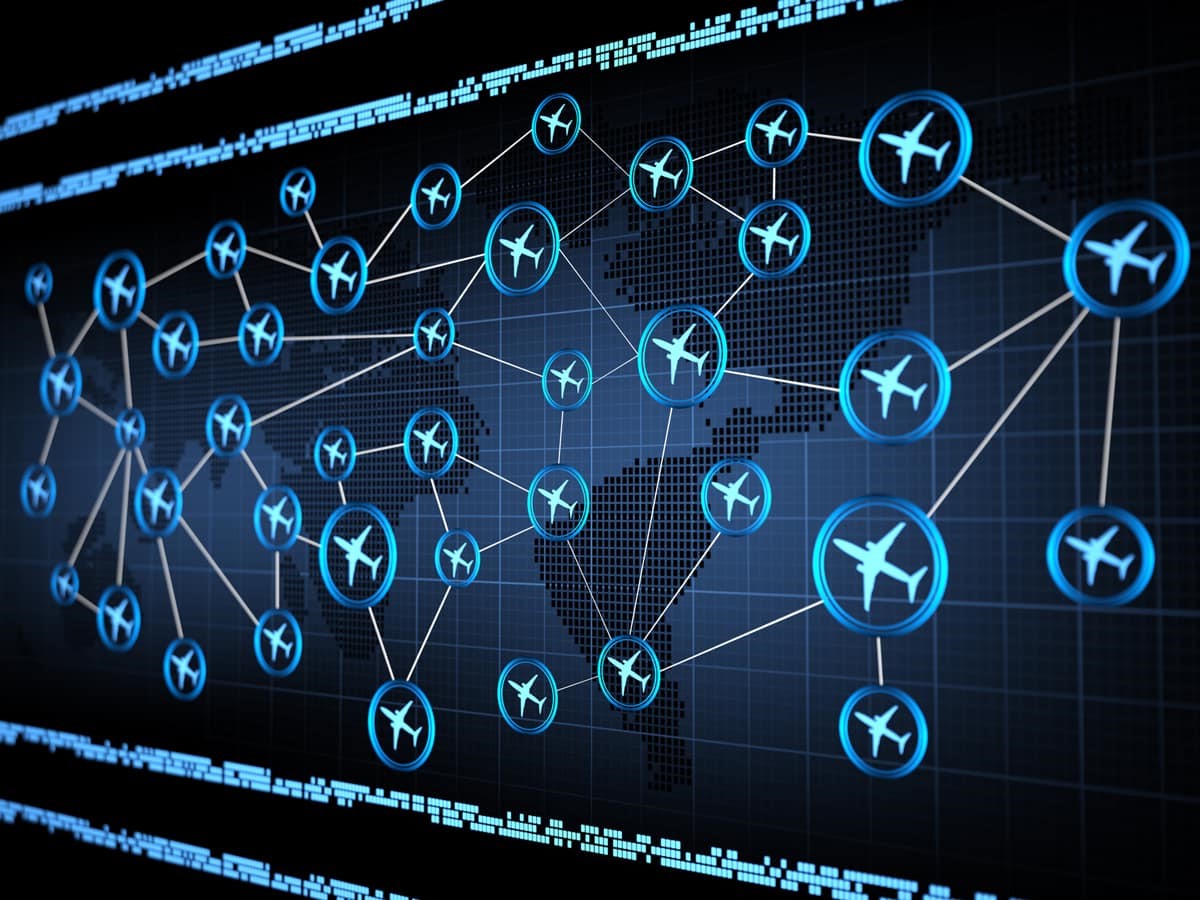
Air Traffic Management Systems are the backbone of modern aviation, ensuring that planes fly safely and efficiently. Ever wondered how thousands of flights navigate the skies without colliding? Air Traffic Management Systems use advanced technology, skilled personnel, and precise coordination to manage airspace. From radar systems tracking aircraft to air traffic controllers guiding pilots, these systems are crucial for safe travel. They handle everything from takeoff to landing, making sure each flight follows a designated path. Understanding these systems can give you a new appreciation for the complexity and safety of air travel. Ready to learn some intriguing facts? Let's dive in!
Key Takeaways:
- Air Traffic Management (ATM) ensures safe and efficient aircraft movement in the skies and on the ground. It involves complex systems and procedures to coordinate flights, manage airspace, and handle emergencies. Did you know that the first air traffic control tower used flags to signal pilots in 1920?
- Air traffic controllers play a vital role in ATM, managing up to 1,000 flights daily in busy airspaces like New York or London. They undergo rigorous training to handle high-pressure situations and ensure aircraft safety and efficiency. Plus, the busiest airport in the world, Hartsfield-Jackson Atlanta International Airport, handles over 100 million passengers annually!
What is Air Traffic Management?
Air Traffic Management (ATM) ensures safe and efficient aircraft movement in the skies and on the ground. It involves complex systems and procedures to coordinate flights, manage airspace, and handle emergencies. Let's explore some fascinating facts about ATM.
The Birth of Air Traffic Control
The history of air traffic control (ATC) dates back to the early 20th century.
- The first ATC tower was established in 1920 at Croydon Airport in London. It used flags to signal pilots.
- Radar technology, crucial for modern ATC, was developed during World War II to detect enemy aircraft.
The Role of Air Traffic Controllers
Air traffic controllers play a vital role in ATM, ensuring aircraft safety and efficiency.
- Controllers manage up to 1,000 flights daily in busy airspaces like New York or London.
- They undergo rigorous training, often lasting 2-3 years, to handle high-pressure situations.
Airspace Management
Managing airspace involves organizing flight paths and altitudes to prevent collisions.
- Airspace is divided into different classes (A-G) based on altitude and traffic density.
- Controlled airspace requires ATC clearance, while uncontrolled airspace allows pilots more freedom.
Technology in Air Traffic Management
Advanced technology is essential for modern ATM systems.
- Automatic Dependent Surveillance-Broadcast (ADS-B) allows aircraft to broadcast their position to ATC and other planes.
- NextGen, a U.S. initiative, aims to modernize the national airspace system with satellite-based navigation.
Environmental Impact
ATM systems also focus on reducing aviation's environmental footprint.
- Continuous Descent Operations (CDO) help aircraft descend smoothly, saving fuel and reducing emissions.
- Efficient routing and scheduling minimize delays, cutting down on unnecessary fuel consumption.
Emergency Handling
ATM systems are equipped to handle emergencies effectively.
- Controllers can reroute flights to avoid severe weather, volcanic ash, or other hazards.
- They coordinate with search and rescue teams during aircraft distress situations.
International Collaboration
Global cooperation is crucial for seamless air traffic management.
- The International Civil Aviation Organization (ICAO) sets global standards for ATM.
- Regional organizations like Eurocontrol manage air traffic across multiple countries in Europe.
Future of Air Traffic Management
Innovations continue to shape the future of ATM.
- Unmanned Aircraft Systems (UAS) integration is a growing focus, ensuring drones can safely share airspace with manned aircraft.
- Artificial Intelligence (AI) is being explored to assist controllers in decision-making and managing complex scenarios.
Fun Facts
Let's end with some intriguing tidbits about ATM.
- The busiest airport in the world, Hartsfield-Jackson Atlanta International Airport, handles over 100 million passengers annually, requiring top-notch ATM systems to keep everything running smoothly.
The Final Word on Air Traffic Management Systems
Air traffic management systems are the unsung heroes of aviation. These systems keep planes flying safely, ensuring millions of passengers reach their destinations without a hitch. From radar technology to satellite navigation, each component plays a crucial role. Pilots, air traffic controllers, and ground staff rely on these systems to communicate and coordinate effectively. Without them, the skies would be chaotic.
Understanding the importance of these systems helps us appreciate the complexity behind every flight. Next time you board a plane, remember the intricate network working tirelessly to keep you safe. Air traffic management isn't just about technology; it's about teamwork, precision, and dedication. So, the next time you look up and see a plane, think about the incredible system making that journey possible. Safe travels!
Frequently Asked Questions
Was this page helpful?
Our commitment to delivering trustworthy and engaging content is at the heart of what we do. Each fact on our site is contributed by real users like you, bringing a wealth of diverse insights and information. To ensure the highest standards of accuracy and reliability, our dedicated editors meticulously review each submission. This process guarantees that the facts we share are not only fascinating but also credible. Trust in our commitment to quality and authenticity as you explore and learn with us.


